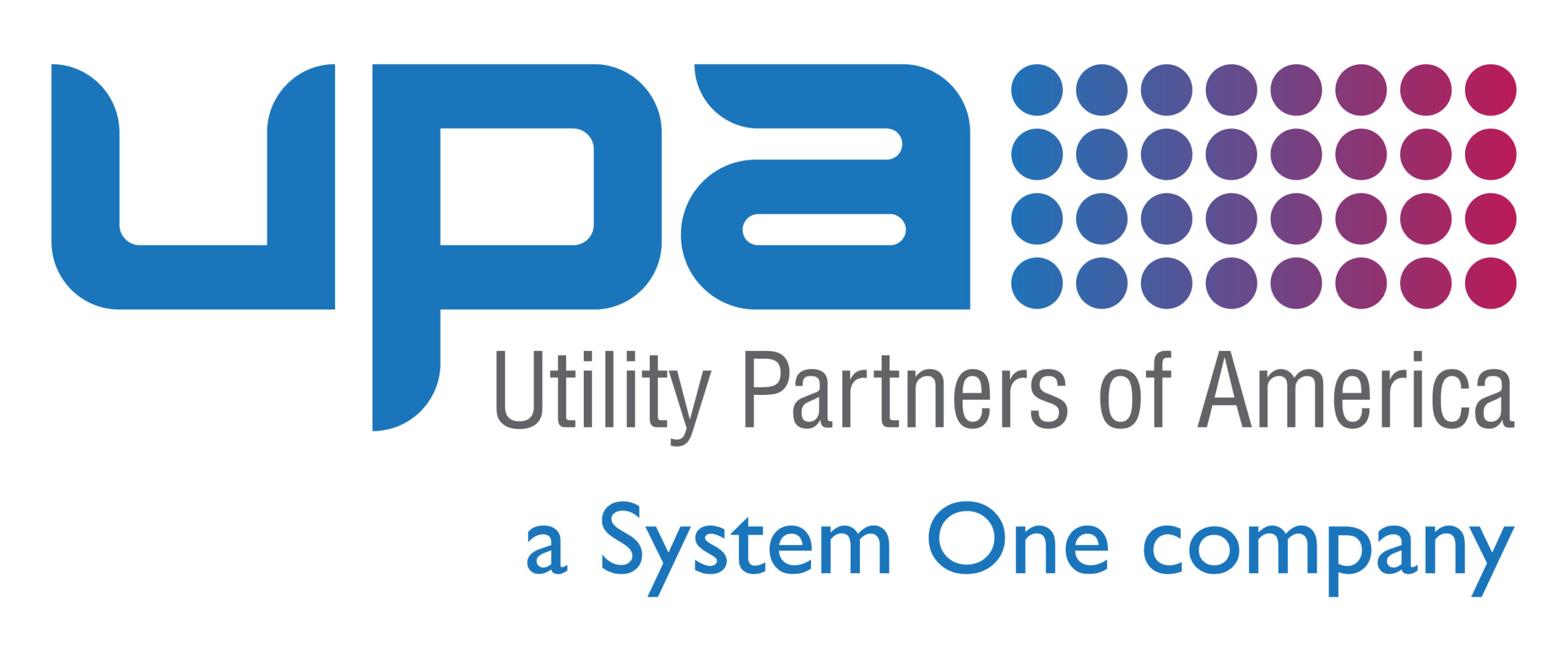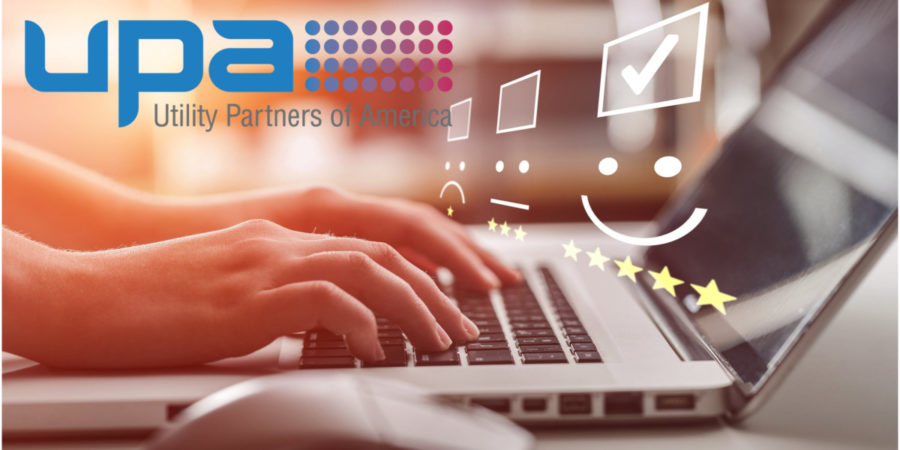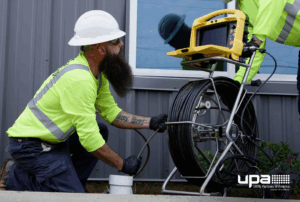According to a 2019 survey conducted by Microsoft, 90% of Americans consider customer service a factor when deciding if they want to do business with a company. It turns out “the customer is always right” is as true today as it was 50 years ago.
While that theory may still apply, one big change between then and now is that customers have access to more communication technologies. Unhappy customers can freely — and publicly — voice their displeasure. On the flip side, brands can also use that same technology to actively solicit customer feedback. They can create customer service surveys to identify and fix isolated issues before they become systemic problems.
Read on as we go into greater detail on the top three benefits for utilities who send customer service surveys.
1) Utilities gain awareness of customer opinions
Research published by Salesforce found that more than half of all consumers expect businesses to anticipate their needs. Further, nearly 80% believe the experience the company provides is just as important as the product or service it offers. Typically, utility leaders and technicians are very dialed-in to the general wants and needs of their customers. However, surveys help discover individual issues and avoid future missteps.
Related: A Great Customer Experience is the New Standard of Service
Surveys are also an excellent way to identify trends and changes among a customer base. For instance, the idea of an online payment portal likely seemed foreign to many customers years ago. But today, most people prefer to pay bills online. By routinely performing customer service surveys, the utility can get a better sense of what resonates most with their customers.
Related: Prioritizing Customer Service Across the Business
2) Utilities can focus on specific issues and plan accordingly
The bill pay example above demonstrates how trends and expectations change. Changing trends and customer expectations act as directional markers as well. For example, when utilities recognize customers’ desire for online payments, that feedback lends credence to the need to roll out an online bill pay system.
Customer feedback isn’t just for large-scale changes to the business. It can help your utility find and fix operational issues of any size. For example, a survey could confirm that a technician has a positive attitude when working, but that customers are disappointed because the same tech is late to appointments. This type of granular feedback can cue the utility to explore what’s causing lateness and seek out solutions to curb the problem.
Related: Utility Customer Complaints are Serious Business
3) Utilities are empowered to measure and track key performance indicators
As we’ve discussed, customer surveys provide a ton of data. It’s possible to measure and track this data for historical documentation and apply that knowledge when making improvements. Some common key performance indicators (KPIs) that a utility might track include:
- overall customer satisfaction
- opinions on pricing
- service reliability
- first-time fix rates
- opinions on customer data security
This data can show what happened in the past and provide micro and macro views into future trends, which helps with goal setting.
As an example, if a utility’s overall customer satisfaction is at 90% at the end of the second quarter, a good goal might be to improve to 95% satisfaction by the end of the year by applying actionable survey feedback.
Related: Driving a Strong Net Promoter Score & Improving Customer
Utility Partners of America understands utilities’ needs
Utility Partners of America (UPA) has partnered with utilities and energy cooperatives for more than two decades. We encourage each of our partners to deploy customer service surveys. Our Professional Project Management services can help your utility develop customer service surveys that improve customer satisfaction and enhance operations. To learn more about what we do and how we can help your utility, contact us today.




